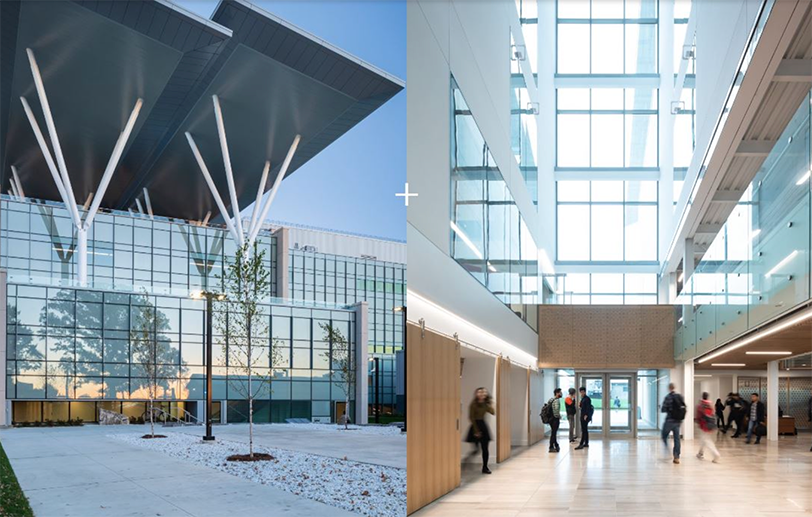
Three Types of Architectural Educational Strategies (AES) in Sustainable Buildings for Learning Environments in Canada, an article by Jean-Pierre Chupin, Morteza Hazbei and Karl-Antoine Pelchat
ABSTRACT:
This article explores a trend provisionally called “eco-didacticism” observable for nearly 15 years in art, design and architecture. The corpus concentrates on learning centres as buildings meant to diffuse advanced knowledge in the field of sustainable architecture. We found evidence of additional educational intentions to the pedagogical or scientific programs that these buildings have already been mandated to host and support. A variety of practices or devices have sometimes been added to the architecture, sometimes integrated, while others determine the overall structuring of these educational buildings. Seven cases of “learning centres” built in Canada between 2004 and 2018 have been screened through three epistemological filters distinguishing forms of “architectural didactics”: 1—a labeling often quantitative approach, 2—an experiential or practical approach, 3—a visually narrative or iconic approach. While outlining definitions of these Architectural Educational Strategies (AES), we offer initial explanations for their distinctive features. It appears that architects, designers and critics altogether operate on the belief that forms of architectural communication can operate as elements of a language that would be accessible to non-experts. Our conclusion indicates how future research could question the very possibility of giving lessons through formal language and aesthetic features.
REFERENCE:
Chupin, J. P., Hazbei, M., & Pelchat, K. A. (2021). Three Types of Architectural Educational Strategies (AES) in Sustainable Buildings for Learning Environments in Canada. Sustainability, 13(15), 8166. https://doi.org/10.3390/su13158166
